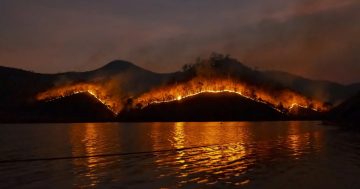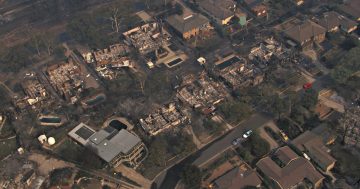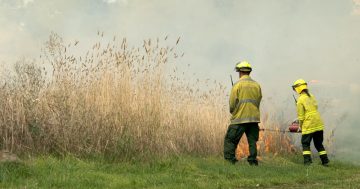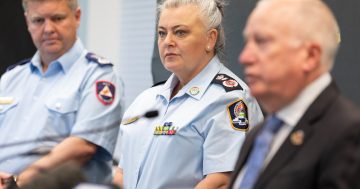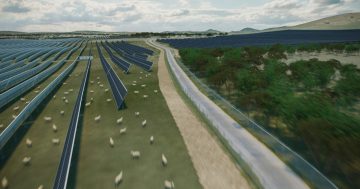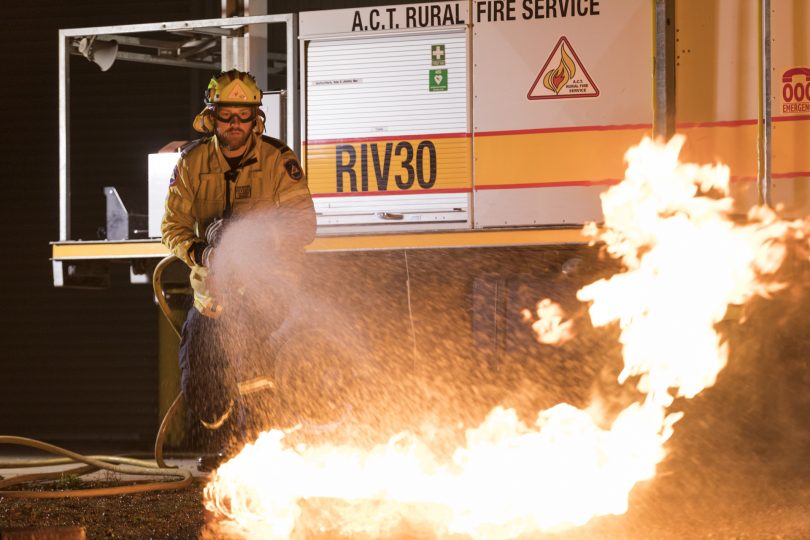
The ACT Rural Fire Service helps educate rural landowners about potential fire risks on their property. Photo: Michelle Kroll.
Buildings and development applications do not have to upgrade their fire safety standards in the ACT even if their residence is in a declared bushfire prone area, the Royal Commission into National Natural Disaster Arrangements heard as it examines planning laws across the country.
There is also no requirement for new purchasers or tenants to be provided information about the bushfire-prone status of a block, a senior director at the ACT Environment Planning and Sustainable Development Directorate (EPSDD), Alix Kaucz, said.
“The DAs are not retrospective so they do not have to comply with any new conditions if they are already existing,” she said, acknowledging there are no incentives in the ACT for people to upgrade or retrofit homes that do not meet the building regulations or specifications.
However, while residents are not actively discouraged from building houses in bushfire prone areas, Commissioner of the ACT Emergency Services Agency (ESA), Georgeina Whelan, says there is an extensive education program to help inform residents about the requirements and risks associated with their building.
“From an agency perspective, our bushfire preparedness activities that we undertake each year heavily emphasise the availability of information that is on ACTmapi,” said Commissioner Whelan.
ACTmapi is the ACT Government’s interactive mapping tool that provides data to residents about bushfire and flood prone areas across the ACT, as well as a block of land’s development status and what the land can be used for.
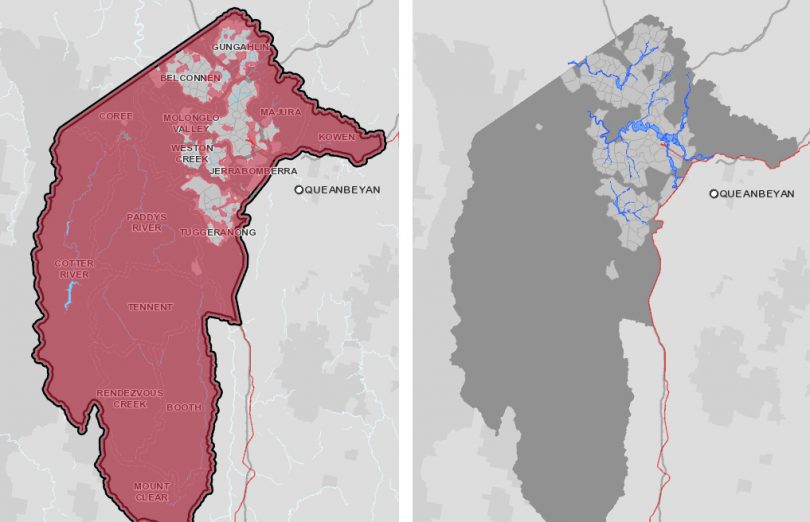
The ACT Government’s interactive mapping service, ACTmapi, shows bushfire-prone areas (left) and flood-prone areas (right) in the territory. Image: ACTmapi.
The ACT Rural Fire Service also supports rural landholders through its Farm FireWise program which helps landholders assess bushfire risks on a more holistic level, said Commissioner Whelan.
Planning laws came under scrutiny from Catherine Ryland, from the Planning Institute of Australia, who said a lot of “legacy”, or historic, communities were not built with risk avoidance in mind. This includes rural communities with houses too close to a bushfire zone, inadequate evacuation points, or houses too close together.
“When we talk about strategic planning, we are really looking at settlement planning and land release,” said Ms Ryland.
“We are looking at new development areas or the expansion of existing urban development areas; we are looking at putting new communities into a new area of the landscape.
“From a bushfire risk perspective, what we need to be looking at is whether we are putting those new communities into areas of high risk and whether that is an acceptable strategy.
The application of new planning principles for communities that need to be rebuilt or are in the recovery phase should also be considered, said Ms Ryland.
“The first [step] would be to take a strategic view of that community, the settlement pattern, and determine whether we would rebuild that community on the same settlement footprints, or whether we would look at some kind of retreat away from the vegetation,” she said.












